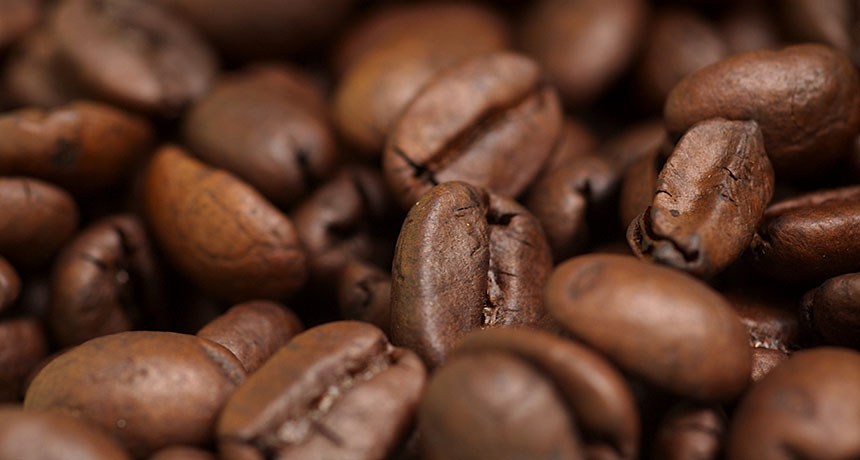Diverse yeasts make their home on coffee and cacao beans

Coffee beans (shown) are home to yeasts with a variety of genetic origins, but most closely related to other yeasts in their region.
Jeff Kubina/Flickr (CC BY-SA 2.0)

Coffee beans (shown) are home to yeasts with a variety of genetic origins, but most closely related to other yeasts in their region.
Jeff Kubina/Flickr (CC BY-SA 2.0)